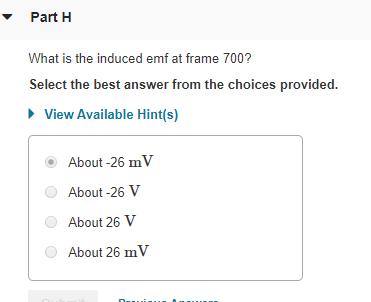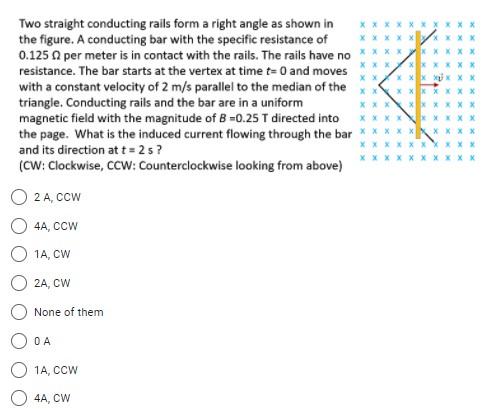Understanding The Equation "x*xxxx*x Is Equal To X": A Comprehensive Guide
Introduction
The phrase "x*xxxx*x is equal to" might initially seem like a riddle or a cryptic code, but it represents a fundamental concept in algebra. This seemingly simple equation opens the door to a deeper understanding of mathematical principles, exponents, and their applications in real life. Whether you're a math enthusiast or someone who's just curious about numbers, this article aims to demystify this equation and provide insights into its significance.
What Does "x*xxxx*x is Equal to" Mean?
At its core, the equation "x*xxxx*x is equal to x" refers to the mathematical expression where multiplying the variable x by itself a certain number of times results in x. To break it down further:
- x*x*x is equal to x³, which represents x raised to the power of 3.
- This means multiplying x by itself three times: x * x * x.
- In mathematical notation, x³ is shorthand for this multiplication process.
For example, if x = 2, then x³ = 2 * 2 * 2 = 8. Similarly, if x = 3, then x³ = 3 * 3 * 3 = 27.
- Zahn Mcclarnon Wife
- Remotely Access Raspberry Pi Remoteiot Download Free
- Is Tory Kittles Married
- Boyxxx
- Movie Download Website
Applications in Real Life
Why Does This Matter?
Understanding equations like "x*xxxx*x is equal to x" is not just about theoretical knowledge; it has practical applications in various fields:
- Physics: Cubic equations are often used to model physical phenomena, such as the motion of objects or the behavior of fluids.
- Economics: Economists use cubic equations to analyze trends in supply and demand or to predict future economic conditions.
- Engineering: Engineers rely on these equations when designing structures, calculating stress, and optimizing systems.
- Chemistry: In chemistry, cubic equations can describe reactions and equilibrium states.
In short, mastering this concept can help you make sense of the world around you.
Exploring the Equation
Breaking Down the Concept
Let’s delve deeper into the mechanics of the equation:
- Exponents: When the same base is multiplied by itself, the product can be expressed with an exponent. For instance, x * x * x equals x³.
- Cubic Curves: Plotting y = x³ on a graph results in a curved line known as the cubic curve. This curve has unique properties, including points of intersection and symmetry.
- Solving for x: If you encounter an equation like x³ = 2, you need to find the value of x that satisfies the equation. In this case, the cube root of 2 is the solution.
Examples and Solutions
Let’s look at some examples to solidify our understanding:
- Example 1: Solve x³ = 27. The solution is x = 3, as 3 * 3 * 3 = 27.
- Example 2: Solve x³ = 8. The solution is x = 2, since 2 * 2 * 2 = 8.
- Example 3: Solve x³ = -8. The solution is x = -2, because -2 * -2 * -2 = -8.
In some cases, the solutions may involve complex numbers. For instance, solving x³ = -1 leads to both real and imaginary solutions.
Advanced Concepts
Differentiation and Derivatives
Differentiation is the process of determining a derivative in mathematics. For the equation x³, the derivative is 3x². This concept is crucial in calculus and helps analyze rates of change and slopes of curves.
Cubic Equations and Beyond
Cubic equations, such as x³ + 2x² - 5x + 6 = 0, require more advanced techniques to solve. These equations often have three roots, which can be real or complex. Understanding the behavior of these roots is essential for solving real-world problems.
Common Misconceptions
One common misconception is that x can be zero in equations like x³ = 2. However, if x = 0, the equation becomes undefined because division by zero is not allowed in mathematics. Therefore, x must be a non-zero value for the equation to hold true.
Conclusion
In conclusion, the equation "x*xxxx*x is equal to x" is a fascinating concept that bridges the gap between basic algebra and advanced mathematics. By understanding the principles of exponents, cubic curves, and their applications, we gain valuable insights into the workings of the world. Whether you're solving for x in a simple cubic equation or analyzing complex systems, this knowledge serves as a foundation for further exploration.
This article has covered the meaning of the equation, its applications, and the methods for solving it. We’ve also touched on advanced topics like differentiation and the behavior of cubic equations. Remember, mathematics is not just about numbers; it’s about uncovering the patterns and relationships that govern our universe. So, the next time you encounter an equation like "x*xxxx*x is equal to x," you’ll be equipped with the tools to tackle it confidently.

Solved x x xxxx x 1ххах. direction of motion direction | Chegg.com

Solved XXXX X X X X K X X X X XXXX x XXXXXXX XXXXXX Two | Chegg.com

XXXX-10 | Interminable Rooms Fanmade Wiki | Fandom